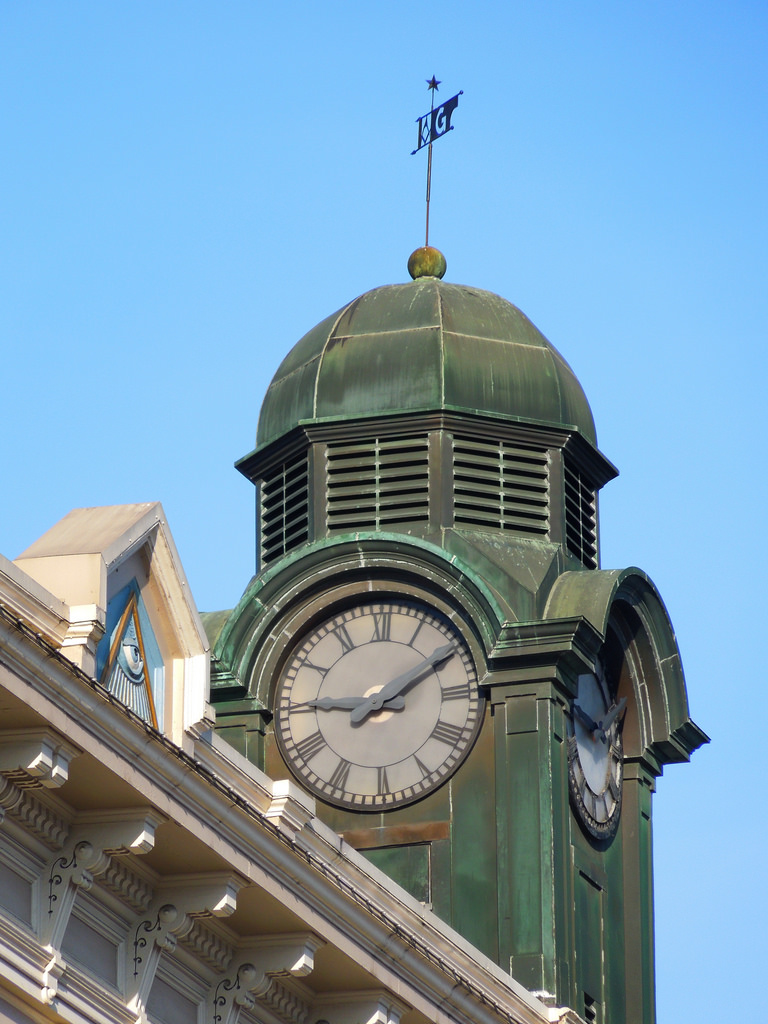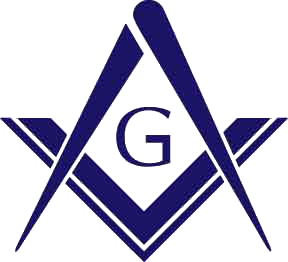by Brother Brian Brozovic, member of Petaluma-Hamilton #180
Upon Installation, the Stewards are invested with their respective jewels and aprons, properly adorned with the cornucopia. Our public installation teaches us the following in regards to the Stewards’ duties:
In olden times, your province was to superintend and provide for the Festivals of the Craft, to assist in the collection of dues and subscriptions, to keep an account of the expenses for refreshments, and to see that the tables were properly supplied and every Brother suitably provided for. In modern times, however, the provision for actual refreshment has diminished and your principal functions will now be to prepare Candidates for admission, and to perform those duties which Masonic custom has assigned to you on days of procession.
Historically speaking, it is obvious to see the importance that was placed on nourishment, refreshment, and service. The cornucopia, also referred to as the horn of plenty, is an object that is commonly said to symbolize abundance and nourishment, as we have learned, a fitting symbol for a Steward. Often it is depicted as an overflowing horn of goods, signifying the fruits of our labors. The cornucopia originates from classical antiquity, and it is represented in numerous aspects of Greek and Roman mythology.
It is said that the infant Zeus, who was to come the King of the Greek Gods, was raised by many divine attendants, including the daughters of Melissus and from the milk of the goat Amalthea, the Nourishing or Nurturing Goddess. In an example of Zeus’ unusual strength, one of Amalthea’s horns broken off and the resulting horn became a symbol of and contained the power within to provide unending nourishment, like that of Amalthea’s relationship with the infant Zeus. Another legend tells us that the Roman God Hercules wrestled off the horn from the River God Achelous. Still, there are many other representations in mythology concerning the cornucopia including:
- Fortuna, the Goddess of Luck, from which we get the word “Fortune” who granted prosperity
- Plutus, the God of Riches
- Abundantia, in Roman mythology from where we get the word “Abundance”
- Annona & Demeter, the Grain Goddesses
- Pluto, the giver of agricultural, mineral, and spiritual wealth
- Copia, the Roman Goddess of Wealth and Plenty
In modern times, the cornucopia has become a symbol of the harvest and of Thanksgiving, in addition, it adorns many of the state seals in the United States of America. The cornucopia is also commonly depicted on bank building motifs for the aforementioned reasons. Despite the passing of numerous millennium, it is still regarded as a symbol of prosperity, plenty, fertility, fortune, and abundance. All of which are important values to keep focus on when in service to your Lodge, especially as a Steward.
So how should I as a Mason look at the cornucopia and use it as a symbol by which to help guide my life? I like to think that the ideas of prosperity and fortune remind me to stay positive no matter the situation, and to stay focused on the greater good in all things. Like the horn provided for and nourished Zeus, shall it symbolize that my needs will also be met by powers unknown to me. Fertility reminds me to always build and entrust value in all things around me, for which they will grow and provide the same. Plenty and abundance remind me to always give 100% to my endeavors, and in return they will yield results both unfathomable and worth emulating. And finally, shall the fruits of my labor provide a sense of refreshment by which to recharge, energize, and find that strength to continue this illuminated path of life.
About the Author
Brother Brian Brozovic was initiated into Freemasonry and made a Mason in 2007 at Dumas Lodge #1009 AF&AM in Dumas, Texas. In 2009, he was Passed and Raised to the Sublime Degree of a Master Mason by John Sayles Lodge #1408 AF&AM under the jurisdiction of the Grand Lodge of Texas where he is currently a member. Brian moved to California, where in 2016 he affiliated with Petaluma-Hamilton Lodge #180 F&AM under the jurisdiction of the Grand Lodge of California where he holds a dual membership and serves as Senior Steward. Brian is also a Companion & Master of the 3rd Veil of Petaluma Chapter #22 Royal Arch Masons of California, a Fellow of The Grand College of Rites of the U.S.A., and a Director of the Petaluma Masonic Hall Association.


